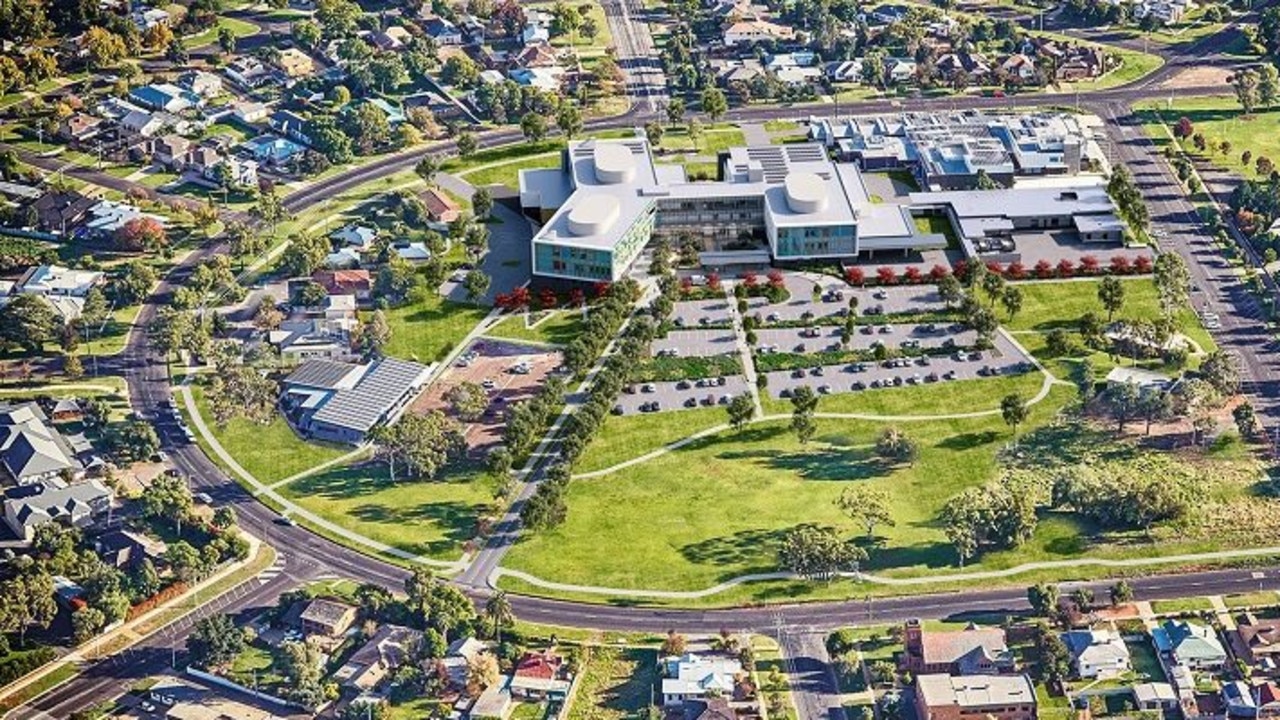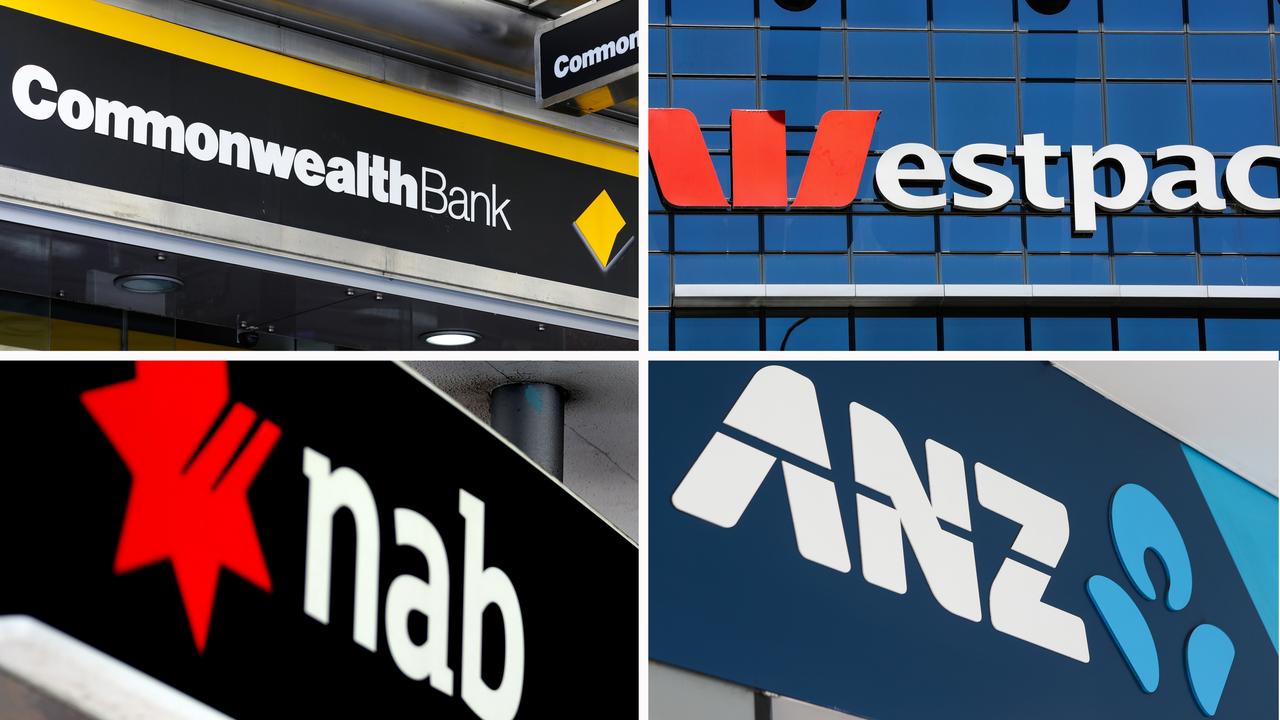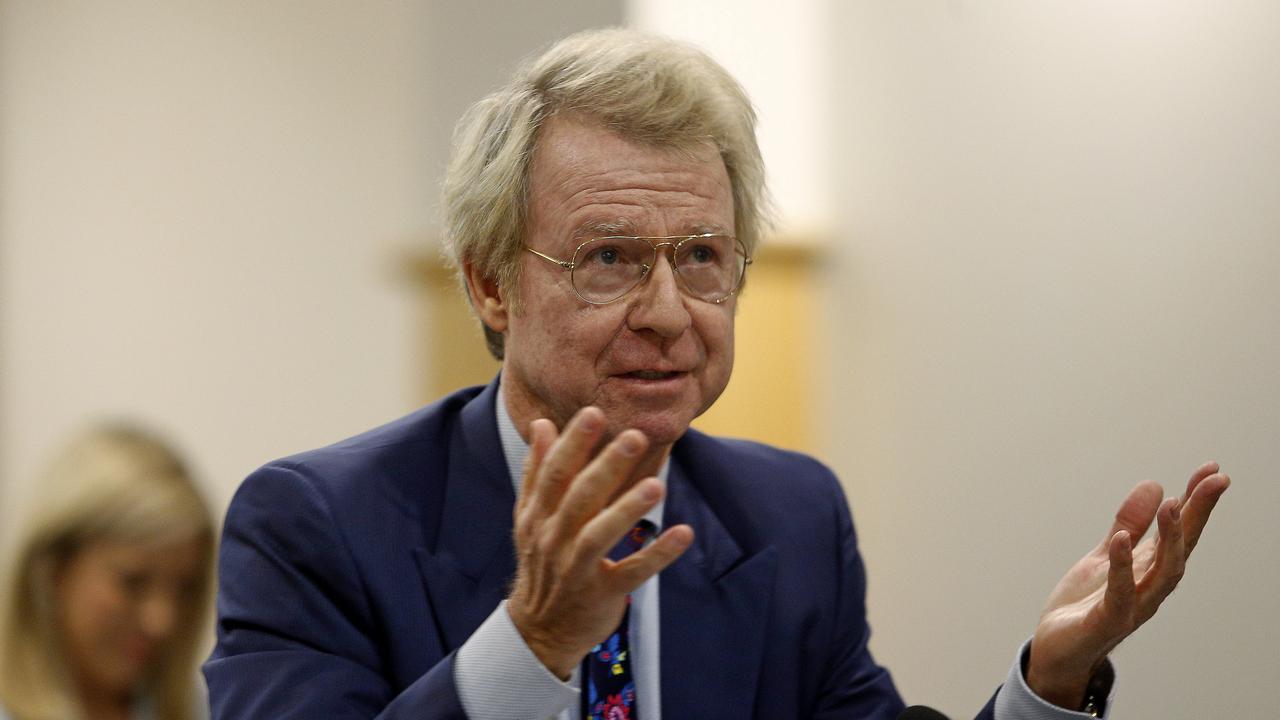‘Disincentivises innovation’: Income taxes lift in new ABS data
Australian households have picked up the bill for the country as mining companies pay less, a breakdown of the nation’s tax revenue reveals.
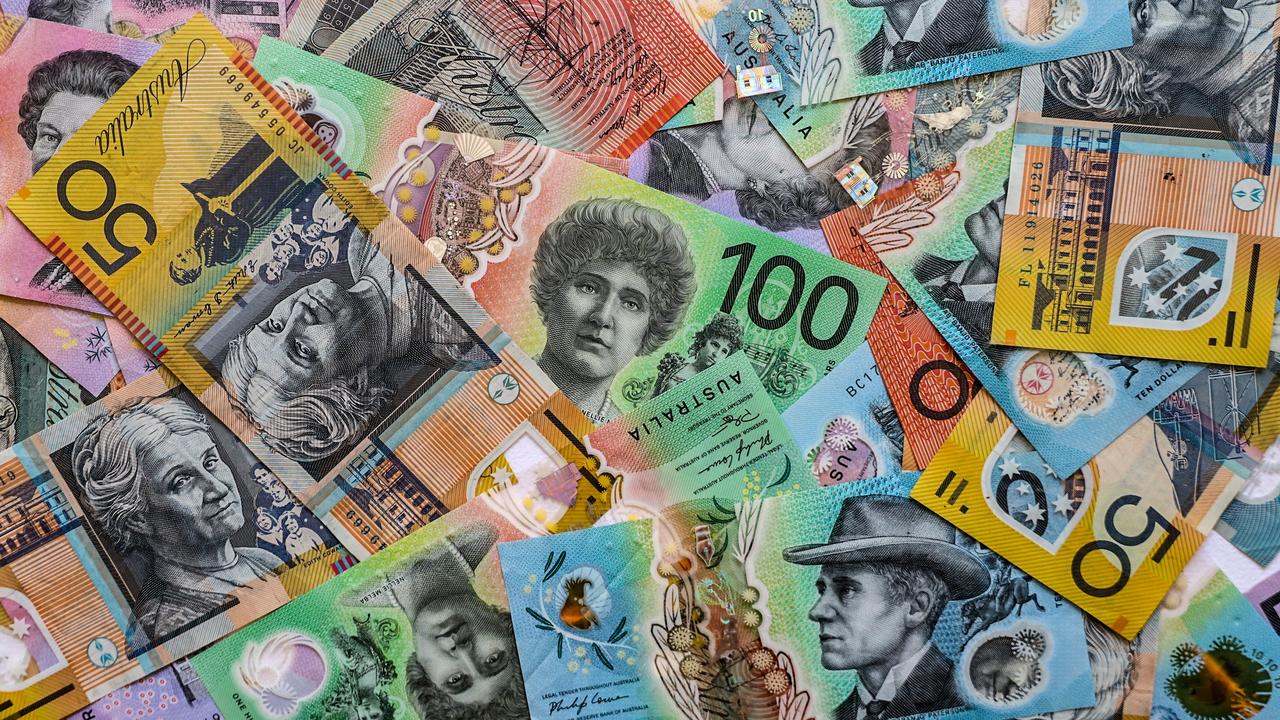
Economy
Don't miss out on the headlines from Economy. Followed categories will be added to My News.
Everyday Aussies are paying a larger proportion of the nation’s tax bill, but there’s a silver lining to the increasing tax burden.
According to the latest figures by the Australian Bureau of Statistics (ABS), taxation revenue for the 2023-2024 financial year largely came from individuals, rather than corporations.
Revenue amounts from personal income tax, the excise on crude oil and petroleum products, land tax, GST, and state taxes including stamp duties on conveyances all went up over the last financial year.

Personal income tax was the largest part of this, surging 11.9 per cent or $33.2bn, although it was driven by strong growth in wages and an increase in the nation’s employment rate.
Revenue from the excise on crude oil, more commonly as the fuel excise, was also up 15.8 per cent or $3.4bn, and the GST intake increased, albeit slightly, at 2.8 per cent or $2.4bn as prices and quantity of retail sales rose.
As a result, tax revenue as a proportion of GDP has increased to a high of 30 per cent, when accounted for across all levels of government.
BDO economic partner Anders Magnusson said tax on worker incomes is high and trending up, while tax on goods and services is declining.
“These are signs that our tax system disincentivises the innovation from workers and entrepreneurs that might otherwise get us out of our productivity hole,” he said.
“This supports the economic case for tax reform, such as increasing the GST while remaking personal income tax brackets.”
While the increase is stark, it was caused by strong wage growth and a near record low unemployment rate.
In June 2024, the Australian unemployment rate was 4.1 per cent, although for much of the year it hovered around 3.7 to 4.2 per cent.
This is significantly lower than the 5 to 6 per cent unemployment rate experienced post mining boom in the 2010s through to the start of the Covid pandemic.
Wages grew at 3.5 per cent for the financial year, contributing to a higher tax rate.
This was offset by company income taxes which fell 6.9 per cent or $10.7bn, mostly due to falling mining profits off the back of weakening commodity prices.
Both major parties have promised minor reforms to the tax system, if they win the federal election on May 3.
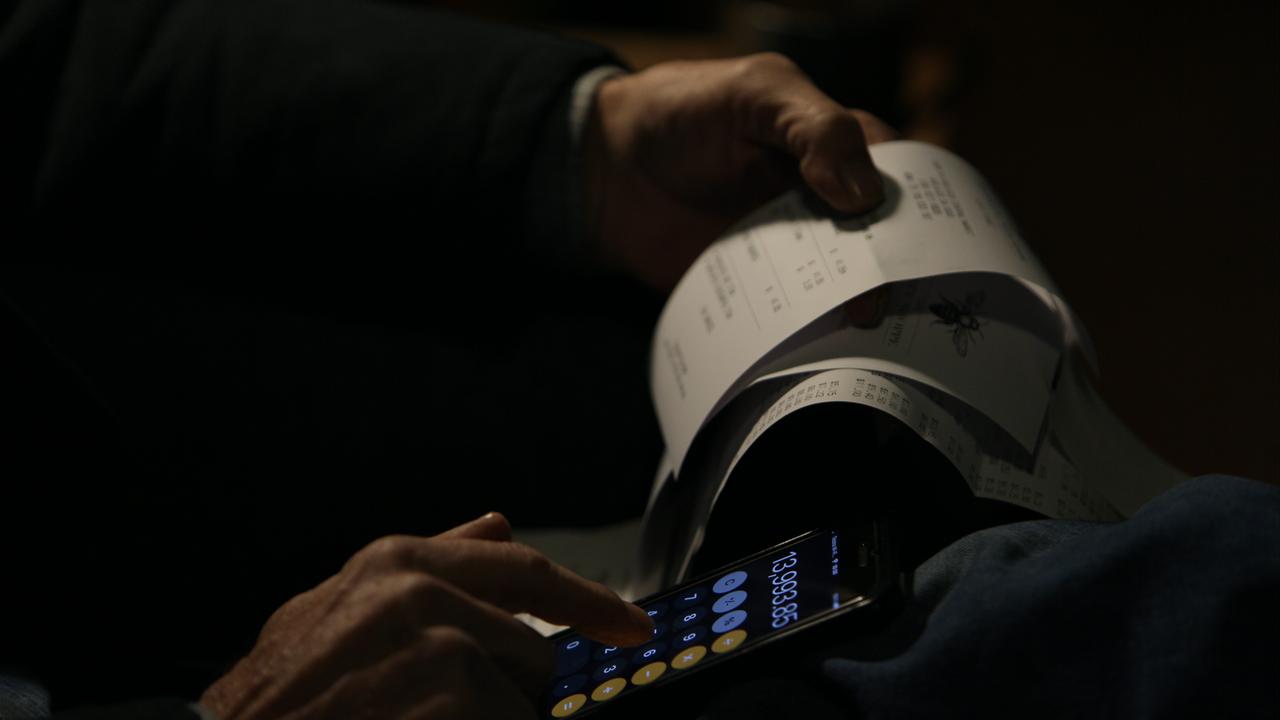
The Albanese government has pledged to introduce a $1,000 instant tax deduction from 2026-2027 as well as “modest” top up tax cuts of around $5 per week.
Labor estimated that the average amount of annual tax relief for those who benefit would be $205. Australians earning between $45,001 and $135,000 could get a benefit of up to $320.
The top up payments, in combination with Labor’s previously announced tax cuts would see the average full-time income earner on $103,000 receive $2,790.
Meanwhile, the Coalition is offering Australians earning up to $144,000 up to $1,200 in tax relief when they lodge their tax return this year.
The Coalition policy is currently a one-off payment.
AMP chief economist Dr Shane Oliver said both parties are engaging in a “spendathon” ahead of the federal election which will do little to pay down the national debt or improve living standards.
“The Australian election campaign is not going well for anyone hoping for rational economic policies designed to strengthen the economy,” he wrote in an economic note.
“It’s being overwhelmed by both sides trying to outdo each other with a spendathon of measures that will only worsen Australia’s structural budget deficit and debt situation and do little to fix structural economic issues,” he wrote.
“All these handouts – particularly the moves for first home buyers – may be popular but like Easter eggs they are not good for us.”
Originally published as ‘Disincentivises innovation’: Income taxes lift in new ABS data




